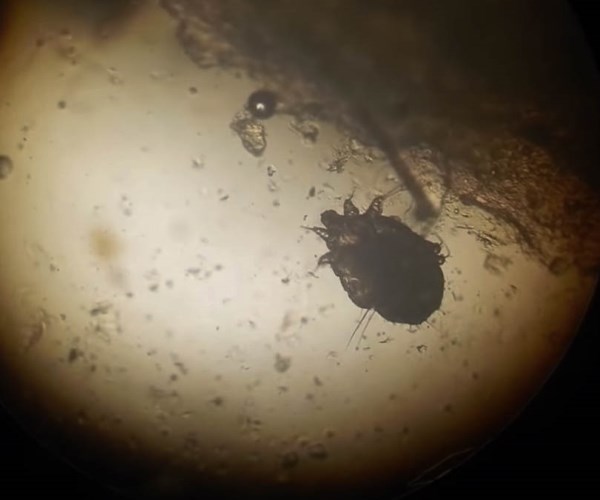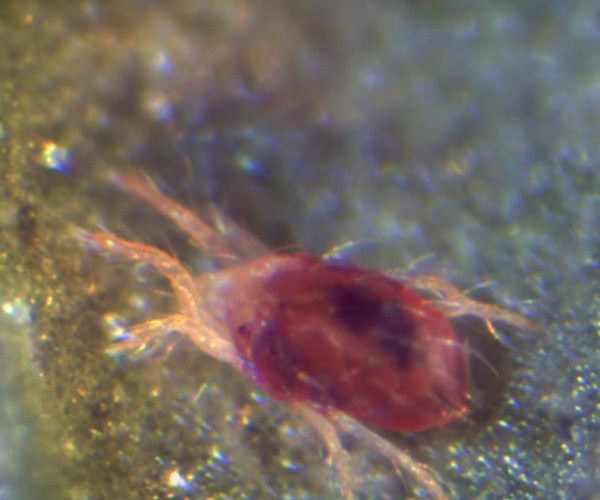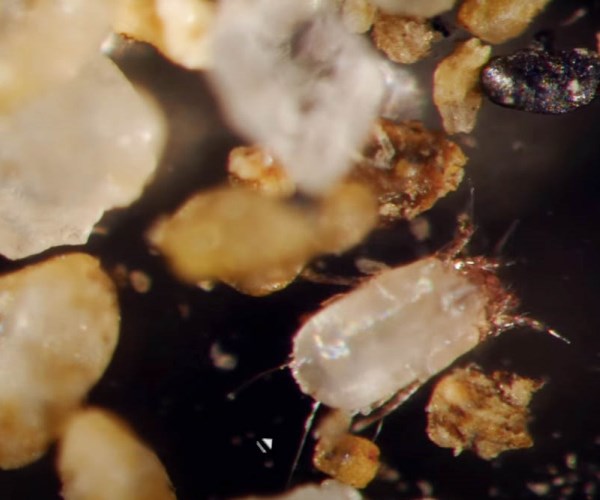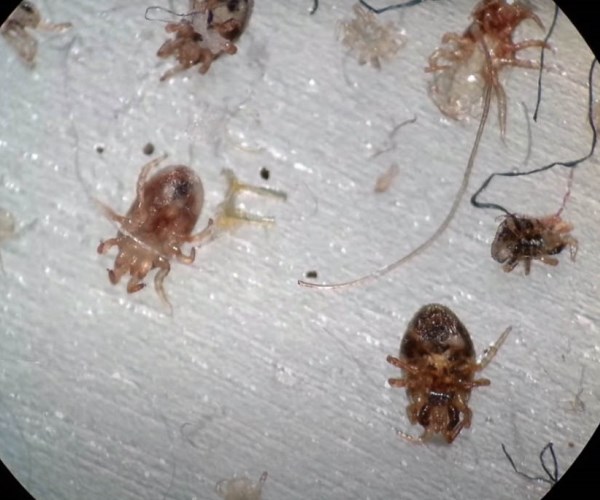About Chigger Mites
About Chigger Mites
Chiggers are one of the most interesting species of mites out there. They have some really unique behaviors that you can learn about by reading the information written below.
Appearance
Like all mites, chiggers are really small. These arachnids are less than half a millimeter in size. That’s less than a sixtieth of an inch! That’s why mites often go unnoticed, as it’s hard to spot them with the naked eye.
Chiggers are colorful mites. Their bodies have a dark-orange hue that can make them resemble a ladybug. Their body is covered in hair as well. These mites are also closely related to ticks and spiders, so you’ll see them walking around on eight legs.
Behavior
Chiggers are an interesting species of mites because of their odd behavior. These mites love to feed on people and other animals, but only for a portion of their lives. They’ll climb onto a person or animal’s body and start feeding on their skin.
Unlike mosquitos or fleas, chiggers don’t really bite people. Instead, they release a digestive enzyme unto a person’s skin. This substance slowly breaks down your skin and liquefies it for the chigger. At which point they can feed on your liquefied skin. Their unique feeding mechanism is what makes their bites so terrible. Your body will have a serious reaction to the chigger’s enzyme, making your skin incredibly itchy. Chiggers can also lead to really bad rashes, and they even spread a disease called scrub typhus in other
countries.
Scrub typhus can be pretty devastating. In addition to the itching and rashes, you might start coughing and feeling severe muscle pain. You might also have headaches and a fever. Thankfully, this disease isn’t a problem in the US.
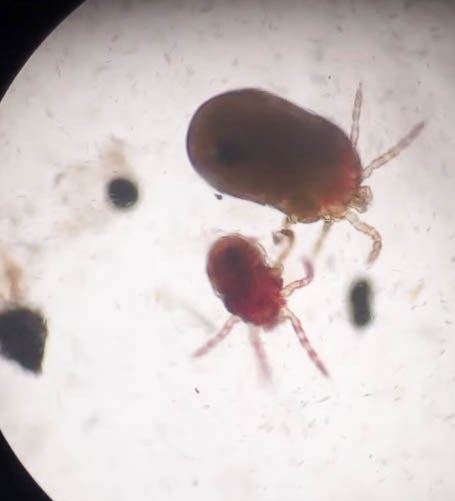
Life cycle
Like many insects, the mite goes through four main stages. It starts out as a tiny egg before hatching into a larva, before becoming a nymph, and then an adult. Chiggers begin to develop during the egg stage. This stage lasts for almost two weeks. After which the chiggers become six-legged larvae.
The larva stage is perhaps the most interesting. This is the stage during which they feed on people and animals by using those digestive enzymes. During this stage of their lives, chiggers are only concerned with eating and growing larger. It’s interesting to note that chiggers have a darker hue during this stage, and they appear red in color. Once they’ve had enough food, chiggers drop off their host. This is when they turn into nymphs. Nymphs are almost exactly like adults. The main differences are their smaller size and sexual immaturity. During this stage, chiggers are no longer parasitic and they only feed on plants.
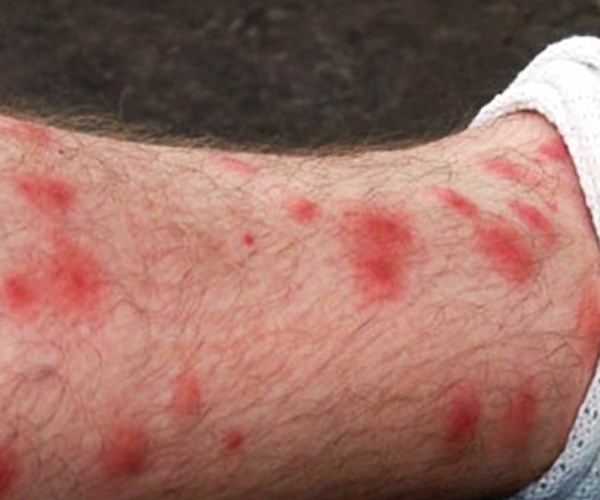
After some time has passed, the nymphs turn into adults. Much like the nymphs, adult chiggers exclusively feed on plants. It’s during this stage that chiggers look for mates, and when they start laying eggs. A single adult chigger can lay fifteen eggs a day, so you can imagine how quickly they multiply.
In total, a chigger’s life lasts anywhere between a few months and a year.
Habitat
Like most other mites, chiggers are present all over the world. These species are very adaptable to different environments, but they heavily rely on humid climates. That’s because mites don’t drink water the way most animals do and instead absorb moisture through their skin. That means without humid weather, they’d die of dehydration.
That’s why chiggers are found in temperate regions, closer to the equator. You can see that this holds true for the United States as well. As chigger mites are more prevalent in the South and Midwest than up north.


